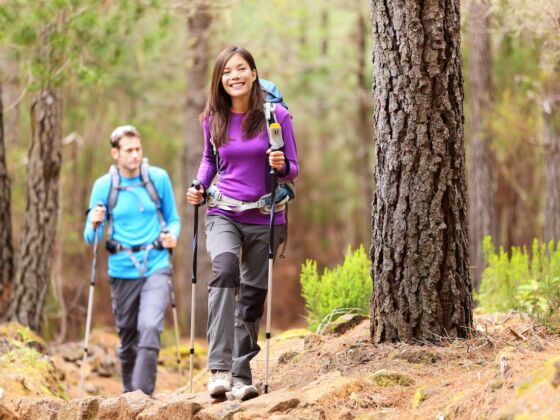I WAS HIKING a strenuous trail not suitable for beginners or people with a fear of heights, both of which applied to me. I was exhausted, hungry, cranky, and feeling generally out of shape. But when I had to decide between turning back and going for the top, I elected to keep going.
Looking back, I realize what silly and dangerous errors I made that day. I don’t mind sharing them if it will help other novice hikers have more pleasant and safer experiences than I did, and hopefully avoid the dirty looks I received on the trail.
